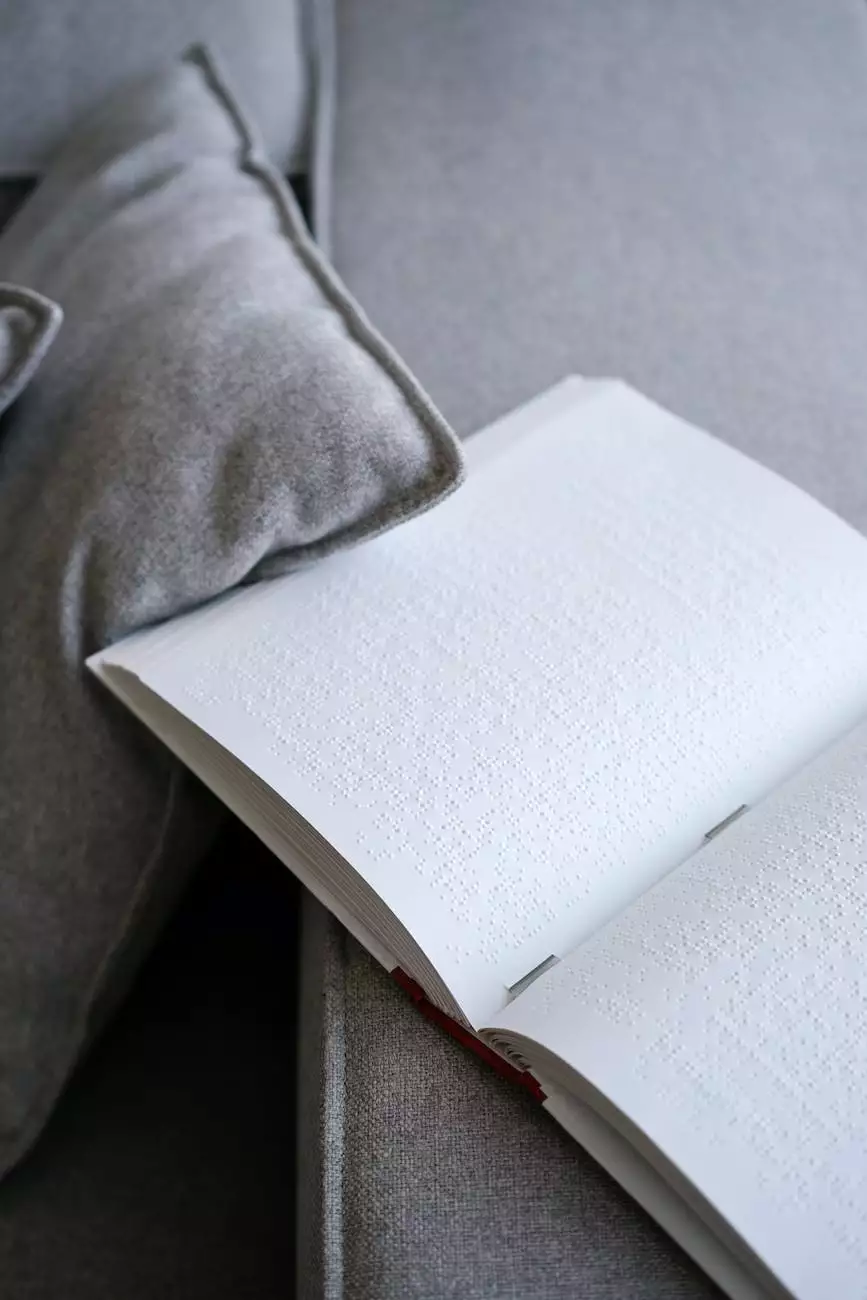Chest Physiotherapy Home Instruction

Welcome to Foley James D MD, your trusted source for comprehensive health information and expert guidance. In this article, we will provide you with detailed instructions on how to perform chest physiotherapy in the comfort of your own home. Our goal is to empower you with the knowledge and tools to effectively manage your respiratory health. So let's dive right in!
What is Chest Physiotherapy?
Chest physiotherapy is a specialized technique used to help clear mucus or phlegm from the lungs and airways. It is commonly recommended for individuals with respiratory conditions such as chronic bronchitis, cystic fibrosis, or pneumonia. By using specific movements, positions, and techniques, chest physiotherapy helps to improve airflow, reduce congestion, and enhance breathing efficiency.
Performing Chest Physiotherapy at Home
Before you begin, it is important to consult with your healthcare provider to determine the most appropriate techniques for your specific condition. They will be able to guide you in customizing the chest physiotherapy routine to suit your needs. It is always best to seek professional advice before attempting any new therapies or treatments.
1. Deep Breathing Exercises
The first step in the chest physiotherapy home instruction is deep breathing exercises. Sit up straight with your feet firmly planted on the ground and take a deep breath in through your nose. Hold your breath for a few seconds, and then exhale slowly through your mouth. Repeat this process several times, focusing on fully expanding your lungs and releasing all the air. Deep breathing helps to improve lung capacity, clear airways, and promote overall respiratory health.
2. Percussion and Vibration
Percussion and vibration are techniques used to loosen mucus and facilitate its movement out of the airways. To perform percussion, cup your hands loosely and clap them rhythmically over your chest and back. Start with light tapping and gradually increase the intensity, being careful not to cause discomfort. Vibration involves placing your hands flat on your chest or back and gently shaking the area. These techniques can be repeated for a few minutes, several times a day, to aid in mucus clearance.
3. Postural Drainage
Postural drainage involves assuming specific positions to facilitate the drainage of mucus from different areas of the lungs. Your healthcare provider will guide you in determining the best positions based on your condition. Common postural drainage positions include lying on your side with your chest percussed, lying on your back with your head and upper chest elevated, and leaning forward while sitting. Performing postural drainage regularly helps to prevent mucus accumulation, improve lung function, and enhance breathing.
4. Active Cycle of Breathing Technique
The active cycle of breathing technique combines deep breathing, huffing, and coughing to promote effective mucus clearance. It starts with a few rounds of deep breathing, followed by a series of huffs (forceful exhalations with an open mouth). The huffing helps to move the mucus towards the larger airways. After a few rounds of huffing, perform controlled coughing to expel the loosened mucus. Repeat this cycle of deep breathing, huffing, and coughing for several minutes, as recommended by your healthcare provider.
Conclusion
Now that you are familiar with the chest physiotherapy home instructions, you can confidently incorporate these techniques into your daily routine. Remember to consult with your healthcare provider for personalized advice and guidance. By regularly practicing chest physiotherapy, you can effectively manage your respiratory health and improve your overall quality of life. At Foley James D MD, we are committed to providing you with the finest healthcare information and support. If you have any questions or concerns, please don't hesitate to reach out to our experienced team. Stay healthy!










